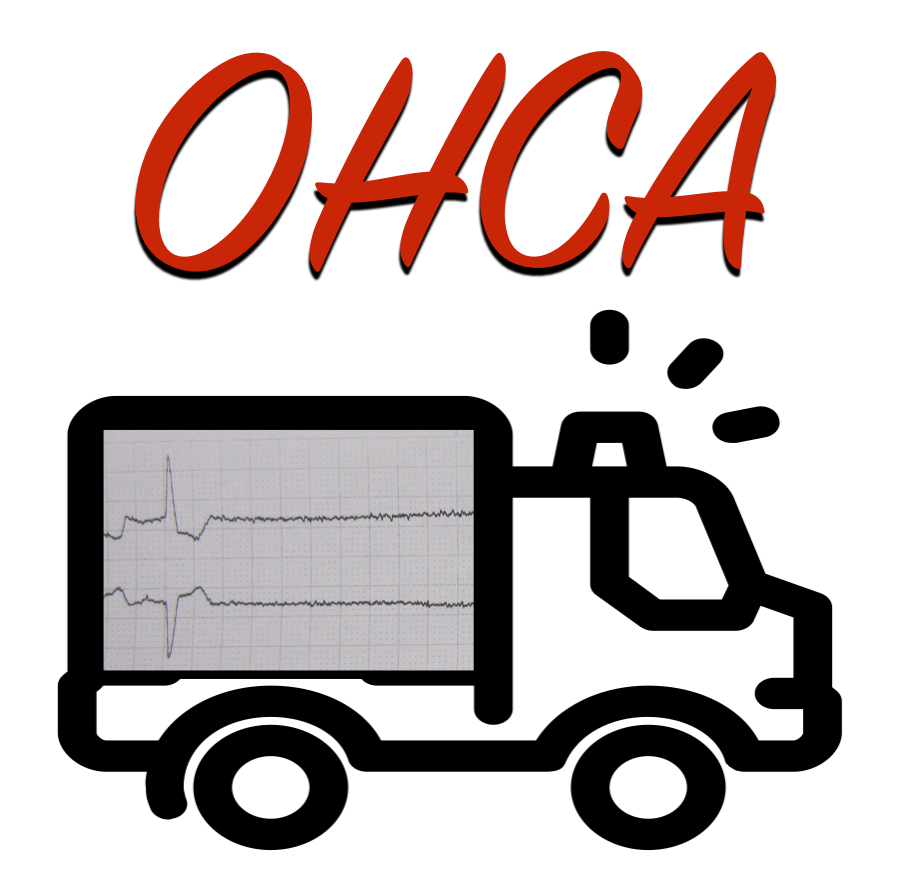Out of Hospital Cardiac Arrest - Part 1
/The UC Division of EMS has recorded a series of podcasts to celebrate EMS Week 2016. We are honored to be able to engage EMS Providers throughout the world with this forum. If you practice pre-hospital medicine, we would like to say thank you and that we appreciate everything you do to provide a high level of care to ill and injured patients in a wide variety of austere environments. For this podcast, we were joined by Dr. Dustin Calhoun, Associate Director of the UC Division of EMS, as well as two of this year’s UC EMS Fellows, Dr. Mike Bohanske and Dr. Justin Benoit.
In the first part of this 2-part series, the focus has been on CPR, defibrillation, and airway management. With CPR, there has been a shift from achieving a rate of at least 100 compressions a minute to achieving a compression rate of 100-120 compressions a minute. This is because data has shown that compressions rates less then 100/minute do not adequately perfuse the brain while compression rates over 120/minute do not adequately allow the heart to fill up with blood. The use of a metronome on a monitor, smartphone, or other device can help improve EMS provider compression rates.
When providers are doing chest compressions we focus on the chest compression, actually pushing down the full two inches on the chest. Equally important is the chest recoil or release, the ability for the chest to come back up as we lift our hands. Ideally, providers should shoot for 100% release, meaning the hands came back up the full two inches and the provider maximizes the amount of blood that can fill the heart.
Beyond the rate and recoil, another focus should be on compression fraction. The compression fraction is the proportion of time spent delivering chest compressions during a cardiac arrest. With new technology built into cardiac monitors and high fidelity simulators, providers can get feedback about the percentage of time they performed chest compressions during a cardiac arrest. The AHA's goal is around 60% but high performing systems are achieving percentages in the 80's and 90's. Minimizing interruptions in chest compressions is the key to high percentages. This can be done by only having one pause every two minutes. By already having the defibrillator charged and having the provider who will be doing chest compressions next feel for the femoral pulse 10-15 seconds before the pause, crews can pause, quickly identify there is no pulse without having to feel around, quickly identify the rhythm and immediately shock, and then immediately return back to chest compressions in as little as 3 seconds.
On the topic of airway management during cardiac arrest, what airway is truly the right one? Honestly, the data is unclear. Some things that we do know are we cannot spend too much time trying to obtain an airway and we cannot interrupt chest compressions to obtain an airway. While it's unclear if BLS airways are better in OHCA, there is some data, authored by Dr. Benoit, that suggest endotracheal intubation may be slightly better than extraglottic airways. The current available evidence is all based on observational and retrospective studies. However, the Resuscitation Outcome Consortium is currently studying this topic in a blind trial comparing endotracheal intubation and extraglottic airways that will hopefully shed some clarity on the topic.
Please check back soon for part 2 of our OHCA podcast.
References
Seattle Resuscitation Academy: http://www.resuscitationacademy.com/
American Heart Association CPR and ECC 2015 Guidelines: https://eccguidelines.heart.org/index.php/american-heart-association/
ETI vs. SGA Meta-Analysis: http://www.ncbi.nlm.nih.gov/pubmed/26006743






